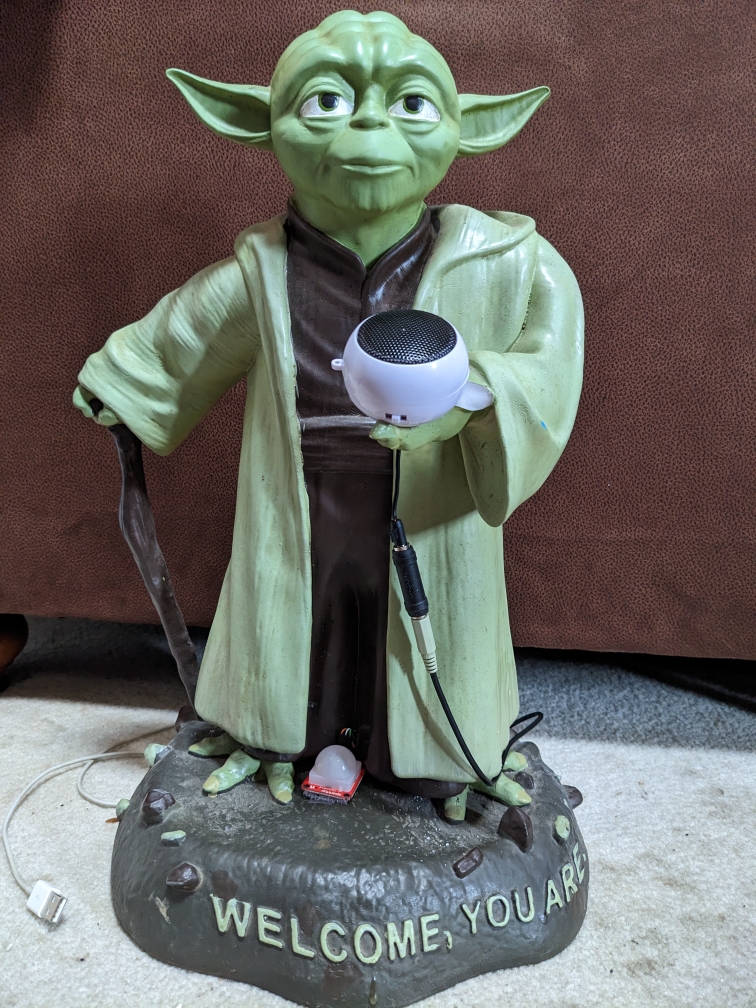Time for some updates and to add the new RadarBox 978 MHz radio. The system is still Raspian based on Buster. Keep in mind the initially the RTL-SDR for ads-b data is device 1(RTL2832U) and the weather station data is on device 0(RTL2838UHIDIR).
I’ll take these things somewhat in the order originally installed. readsb(our option over the other dump1090 alternatives) can be updated using the same bash script that was used for the install. Be sure to keep your current /etc/default/readsb file.
sudo bash -c "$(wget -O - https://github.com/wiedehopf/adsb-scripts/raw/master/readsb-install.sh)"
tar1090(an improved web page to display your data) can be updated much like readsb using the original install script.
sudo bash -c "$(wget -nv -O - https://github.com/wiedehopf/tar1090/raw/master/install.sh)"
FlightAware is updated from your site’s My ADS-B Stats page. Once on your stats page, click on the gear and choose update.
Instruction for updating ADSBexchange can be found on their page. The short answer is a bit of command line:
ccurl -L -o /tmp/axstats.sh https://www.adsbexchange.com/stats.sh
sudo bash /tmp/axupdate.sh
FlightRadar24 should update from its repository with apt-get.
Updating graphs1090 is once again as simple as running the original install script again.
sudo bash -c "$(curl -L -o - https://github.com/wiedehopf/graphs1090/raw/master/install.sh)"
I found nothing on the RadarBox site regarding updates so I left it alone for now.
At this point everything should work as before with ADSBexchange, FlightAware, FlightRadar24 and RadarBox all still working.
Now it is time to update the serial numbers on the dongles, add the new 978MHz dongle and update the existing config files to work with that info. I used the notes at dump978-fa install instructions to set the serial numbers of the dongles. The RadarBox flightstick instructions also show how to update the serial numbers. I also updated /etc/rtl_433/rtl_433.conf to point to my new device with serial number 433(rtl_eeprom -s 433) for the LaCrosse Weather Station.
I then continued to follow the dump978 instructions.
sudo apt update
sudo apt install -y dump978-fa
sudo sed -i -e 's/RECEIVER_OPTIONS.*/RECEIVER_OPTIONS="--sdr-gain 43.9 --sdr driver=rtlsdr,serial=978 --format CS8"/' /etc/default/dump978-fa
sudo systemctl restart dump978-fa
Then a quick install of the ADS-B exchange UAT/978 feed client following the github instructions.
sudo bash -c "$(wget -q -O - https://raw.githubusercontent.com/adsbxchange/adsbexchange-978/master/install.sh)"
A quick edit to /etc/rbfeeder.ini to enable UAT/978MHz and a reboot and we are in business.
http://<pi-ip>/tar1090/
http://<pi-ip>/ax978/
http://<pi-ip>/radar/
http://<pi-ip>/graphs1090/
http://<pi-ip>:8754/
https://flightaware.com/adsb/stats/user/xxx
https://www.adsbexchange.com/myip/
https://www.flightradar24.com/account/feed-stats/?id=xxxxx
https://www.radarbox.com/stations/xxxxxx



